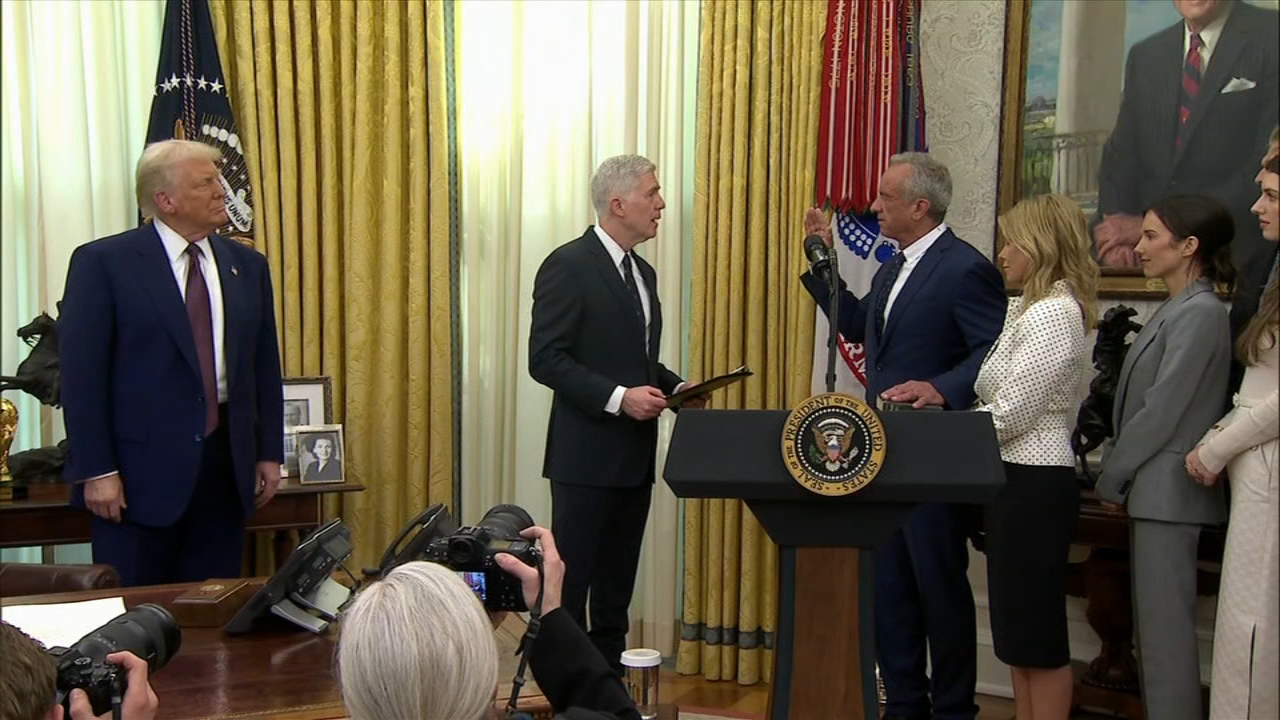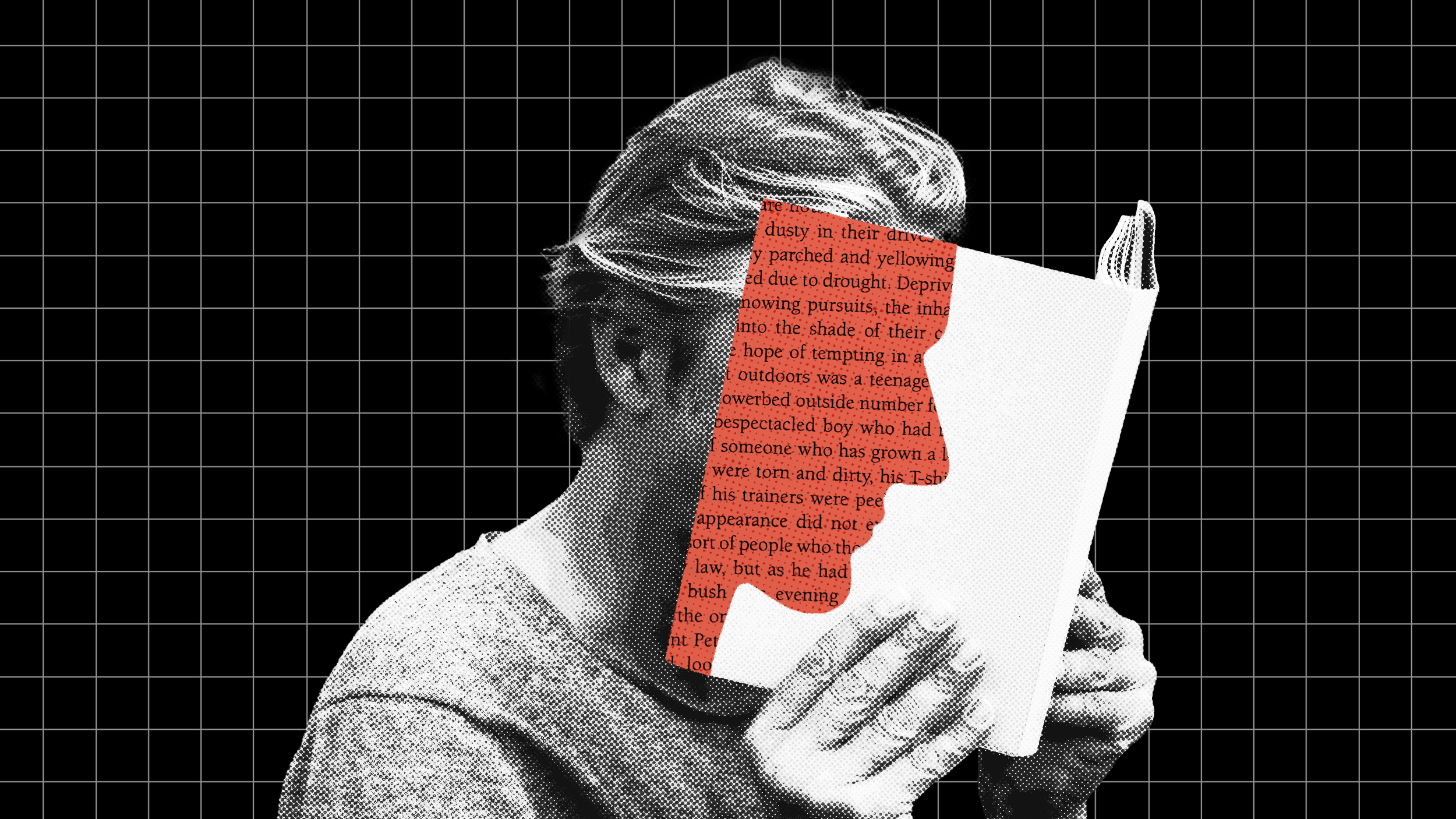Gabriel Sherman: It was a tremendously rewarding and challenging story to work on. I think what was most interesting to me about that story was that it was an institutional story. I think she became the focal point for this intense frustration both inside the New York Times and outside the paper in the American public about how did the biggest story, in recent years, how did the biggest, most preeminent news organizations get it wrong?
And that story was again, of course, the coverage of Saddam Hussein’s weapons of mass destruction in the run up to the [US/Iraq] war.
And I think she was, for whatever reason became this focal point for such intense frustration.
And that you know two years after the fact, that America was tied up in this war, and the main selling point for the war turned out to be false. And I think she took a lion’s share of the heat.
And what you really see in covering a story like that is how institutions function under duress. And an institution like the New York Times which has a tremendous amount of institutional inertia, it’s sort of an act of self-preservation that it has to excise this troubled; this element for the good of the whole. The paper felt that she had to go for the health of the papers to go forward.
Gabriel Sherman: You know it’s complicated dynamic. But you know it was never . . . It was not one factor. It was this whole stew of factors, including desire to cover the biggest story of the time, which after 9/11 was the administration’s case for war. It was a sea of those competitive journalistic pressures.
You have intense pressure placed on the paper by the administration to kind of toe the line. In the summer of 2002, the critical story that the Times did run on the administration’s case had drawn intense criticism from both the administration and the right. And then you had editors who wanted to be out front covering the big story. And all those combined channeled to these reporting on the front page.
And it’s interesting to note in the editor’s note that the [New York] Times printed after the fact explaining the flaws in its coverage didn’t name one person. It didn’t name Judy. It didn’t name editors. And a lot of that was the paper’s recognition that this was an institutional breakdown.
Recorded on: February 8, 2008





